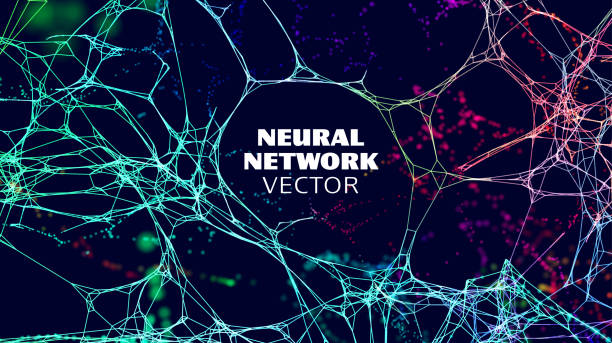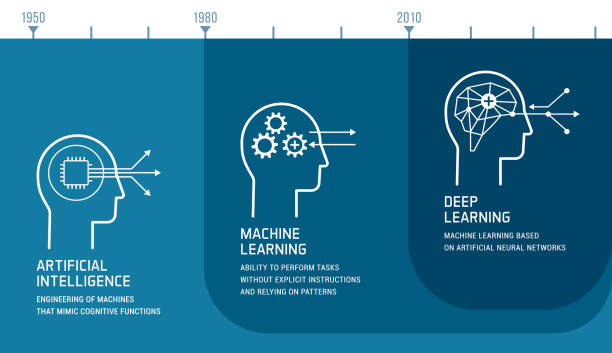Introduction
Neural networks are one of the most important components of artificial intelligence (AI). A neural network is a computational model that is inspired by the structure and function of the human brain. It is composed of multiple interconnected processing nodes, which work together to learn from data and make predictions. Neural networks have been used to solve a wide range of problems, from image recognition and speech recognition to natural language processing and game playing. In this article, we will discuss the various aspects of neural networks in artificial intelligence in detail.
History of Neural Networks
The concept of neural networks has been around for decades. The earliest artificial neural networks were developed in the 1940s and 1950s. However, it was not until the 1980s that neural networks began to gain popularity as a tool for solving complex problems. This was due to the development of new algorithms and the availability of more powerful computers. Since then, neural networks have become a key component of many artificial intelligence systems.
Structure of Neural Networks
Neural networks are composed of multiple layers of interconnected processing nodes, also known as neurons. Each neuron receives input from other neurons and applies a mathematical function to this input to generate an output. The output of one layer of neurons serves as the input to the next layer of neurons. This process continues until the final layer of neurons produces the output of the neural network.
The input layer of a neural network is responsible for receiving input data. The output layer is responsible for producing the final output of the neural network. The layers in between are called hidden layers, as their internal workings are not visible from the outside.
Training Neural Networks
Neural networks learn by adjusting the strength of the connections between neurons. This process is known as training. During training, the neural network is presented with a set of input-output pairs. The neural network then adjusts its internal parameters to minimize the difference between its output and the desired output.
There are several algorithms that can be used to train neural networks. One of the most popular is backpropagation, which is a type of supervised learning. In backpropagation, the neural network is presented with a set of input-output pairs. The output of the neural network is compared to the desired output, and the error between the two is calculated. The error is then backpropagated through the network, and the weights of the connections between neurons are adjusted to minimize the error.
Types of Neural Networks
There are several types of neural networks, each of which is suited to a particular type of problem. Some of the most common types of neural networks are as follows:
Feedforward Neural Networks: In a feedforward neural network, the information flows in only one direction, from the input layer to the output layer. These networks are used for tasks such as image and speech recognition.
Recurrent Neural Networks: Recurrent neural networks are designed to work with sequences of data. They have loops in their structure, allowing them to maintain an internal state. These networks are used for tasks such as language modeling and speech recognition.
Convolutional Neural Networks: Convolutional neural networks are designed for processing data that has a grid-like structure, such as images. They are composed of multiple layers of convolutional and pooling operations, which allow them to extract features from the input data.
Generative Adversarial Networks: Generative adversarial networks are composed of two neural networks, a generator and a discriminator. The generator generates new data, while the discriminator tries to distinguish between the generated data and real data. These networks are used for tasks such as image generation and data augmentation.
Neural networks have been used to solve a wide range of problems across various industries, including:
Image and Video Recognition: Neural networks have been used to build systems that can recognize objects and patterns in images and videos. These systems are used in fields such as security, self-driving cars, and healthcare.
Natural Language Processing: Neural networks have been used to build systems that can understand and generate human language. These systems are used in fields such as chatbots, voice assistants, and machine translation.
Fraud Detection: Neural networks have been used to build systems that can detect fraudulent transactions in real-time. These systems are used in fields such as finance and e-commerce.
Medical Diagnosis: Neural networks have been used to build systems that can diagnose diseases and predict outcomes for patients. These systems are used in fields such as radiology, pathology, and genomics.
Financial Forecasting: Neural networks have been used to build systems that can predict stock prices, exchange rates, and other financial indicators. These systems are used in fields such as finance and investment.
Gaming: Neural networks have been used to build systems that can play games such as chess, Go, and poker. These systems are used in fields such as gaming and sports analytics.
Robotics: Neural networks have been used to build systems that can control robots and autonomous vehicles. These systems are used in fields such as manufacturing, logistics, and transportation.
Marketing: Neural networks have been used to build systems that can analyze customer data and predict consumer behavior. These systems are used in fields such as advertising and e-commerce.
Conclusion
Neural networks are a powerful tool for solving complex problems in artificial intelligence. They are capable of learning from data and making predictions with a high degree of accuracy. Neural networks have been used to solve a wide range of problems across various industries, including image and video recognition, natural language processing, fraud detection, medical diagnosis, financial forecasting, gaming, robotics, and marketing. As technology continues to evolve, neural networks are likely to become even more powerful and versatile in the future.




0 Comments